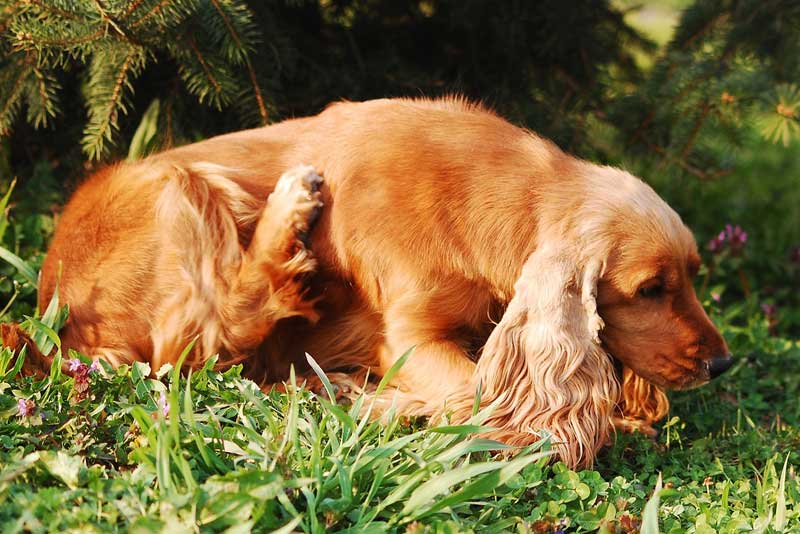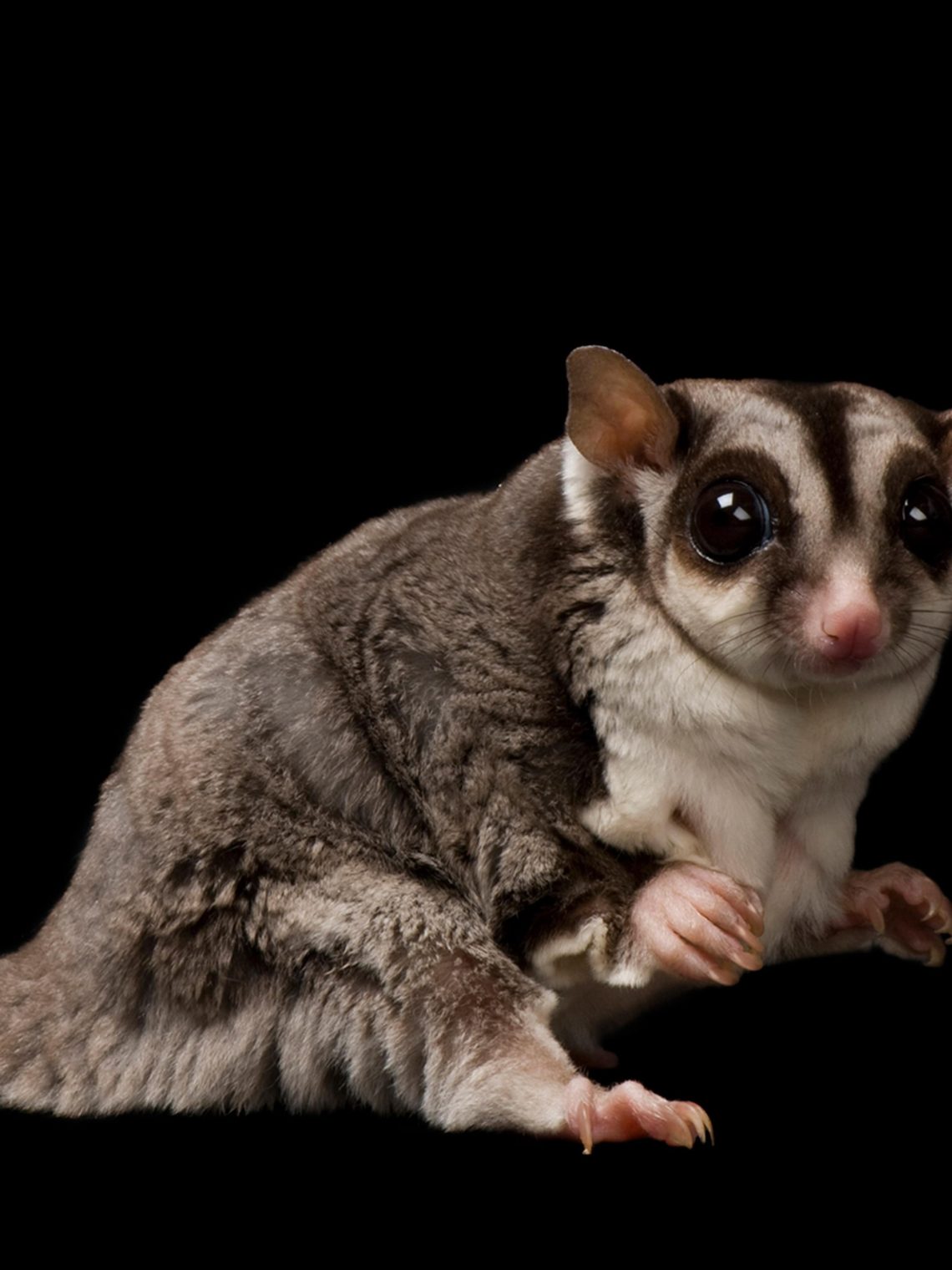
Considering Sugar Gliders? Essential Insights for Pet Lovers
Considering Sugar Gliders? Essential Insights for Pet Lovers
In the quaint corners of pet ownership,few animals capture the hearts of enthusiasts quite like the sugar glider. With thier large, expressive eyes and remarkable ability to glide gracefully through the air, these charming marsupials have quickly become sought-after companions for manny pet lovers. But before you embark on this delightful journey, it’s crucial to delve into the world of sugar gliders—their unique behaviors, diet, habitat needs, and social dynamics. This article aims to provide essential insights for those contemplating bringing a sugar glider into their lives, ensuring you’re well-equipped to make informed decisions and create a nurturing environment for these captivating creatures. Whether you’re a seasoned pet owner or a curious newcomer, understanding these fascinating little animals will help you forge a rewarding bond that goes beyond mere companionship.
Table of Contents
- Understanding the Unique Needs of Sugar Gliders
- Creating a Comfortable Environment for Your New Pet
- Nutritional Requirements: A guide to Healthy Feeding
- Socialization and Bonding: Building Trust with Your Sugar Glider
- In Conclusion
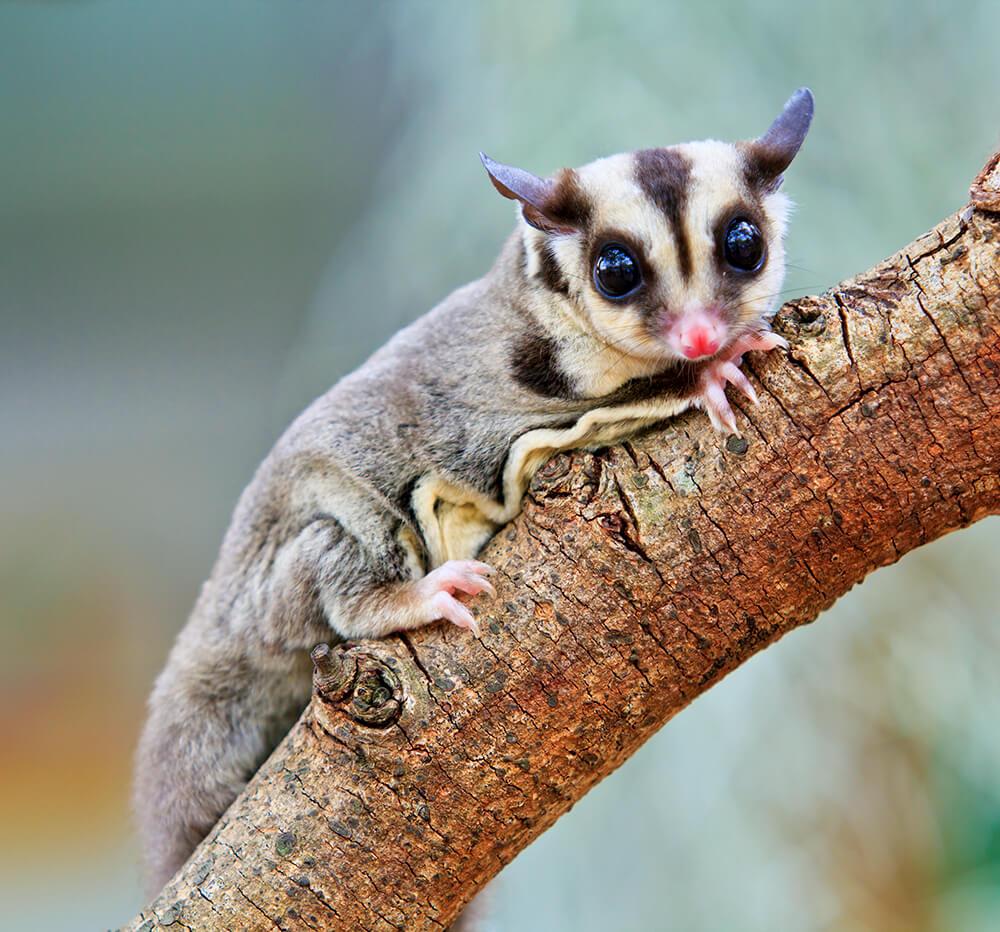
Understanding the Unique Needs of sugar gliders
Sugar gliders are enchanting creatures that require a special understanding of their unique needs to thrive in a home environment. These small marsupials are social animals, meaning they should ideally be kept in pairs or groups to prevent loneliness. Their natural inclination for companionship highlights the importance of providing them with ample social interaction, whether that’s with a fellow sugar glider or their human caregivers. Additionally, their diet requires careful consideration; they thrive on a balance of:
- Fruits
- Vegetables
- High-quality pellets
- Protein sources (e.g.,insects,eggs)
In addition to social bonding and nutrition,creating an enriching environment is crucial for the well-being of sugar gliders. They are nocturnal and agile, so it’s essential to provide them with plenty of opportunities for play and exploration. A spacious, multi-level cage equipped with:
- Hiding spots
- Perches
- climbing structures
- Toys
will keep them physically active and mentally stimulated. Regular interaction during their active night hours will help strengthen the bond between you and your pet, making your home a joyful sanctuary for these delightful gliding companions.

creating a Comfortable Environment for Your New Pet
Providing a nurturing atmosphere for your sugar gliders is essential to ensure their well-being and happiness. Start by designating a quiet area in your home where they can feel safe and secure. This space should be free from loud noises and constant foot traffic. Consider adding the following elements to enhance their environment:
- Soft bedding: Use fleece or cotton materials for added comfort.
- Enrichment items: Include toys,tunnels,and branches that allow them to climb and explore.
- Humidity control: Maintain a humidity level between 40-60% to mimic their natural habitat.
- Temperature regulation: Keep the environment at a stable temperature, ideally between 75°F to 85°F.
Additionally, social interaction plays a crucial role in their adaptation process. Sugar gliders are highly social creatures and thrive on companionship,either from their human caretakers or fellow gliders.You can encourage bonding by spending time with them daily, offering treats, and engaging in gentle play. To track their health and happiness, consider creating a simple table to monitor their behavior and habits:
| Aspect | Observation |
|---|---|
| Activity Level | Active/Inactive |
| Diet Preference | Fruits/Veggies/Insects |
| Social Interaction | Engaged/Withdrawn |
| Health Signs | Healthy/sick |
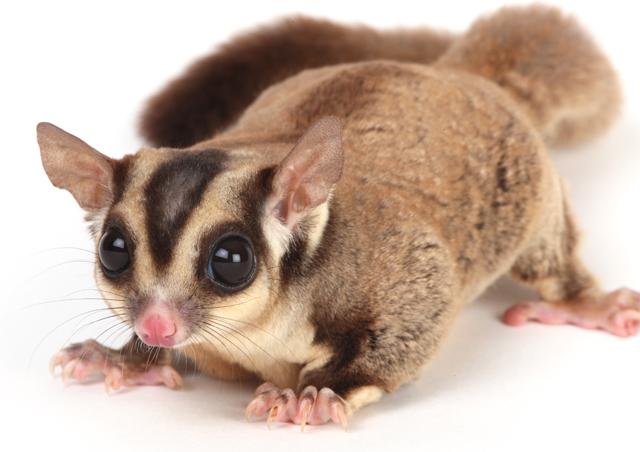
Nutritional Requirements: A Guide to Healthy Feeding
When it comes to ensuring your sugar glider thrives, understanding their dietary needs is paramount. These small marsupials require a well-rounded diet that mirrors their natural habitat.A combination of fruits,vegetables,protein sources,and specific supplements will help maintain their overall health. Key components of a sugar glider’s diet include:
- Fruits: Fresh, safe options like apples, berries, and melons
- Vegetables: Leafy greens such as kale or spinach, and root vegetables like carrots
- Protein: Insects like crickets, mealworms, and high-quality protein pellets
- Calcium and Vitamins: Calcium supplements are essential to prevent metabolic bone disease
Providing variety is crucial, as different foods offer essential nutrients that contribute to your sugar glider’s well-being. It’s also notable to avoid foods that can be toxic, such as chocolate and certain nuts. A sample balanced diet breakdown might look like this:
| Food Type | Recommended Daily Amount |
|---|---|
| fruits | 1-2 tablespoons |
| Vegetables | 1 tablespoon |
| Protein Source | 1-2 teaspoons |
| Calcium Supplement | As directed |
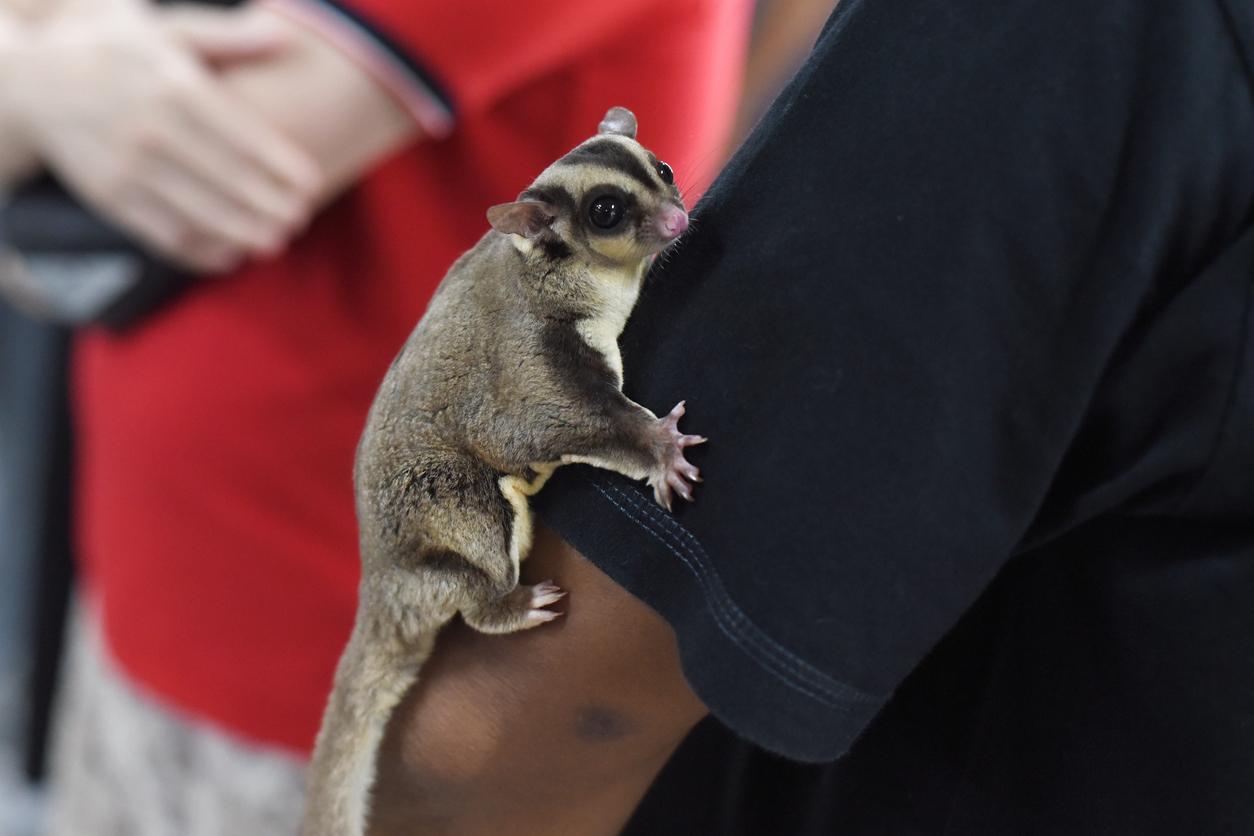
Socialization and Bonding: Building Trust with Your Sugar Glider
Creating a close bond with your sugar glider requires patience and a keen understanding of their social nature. These small marsupials thrive on companionship, and they are more likely to bond with you through trust-building activities. Start by offering your sugar glider treats like fruits or special glider pellets, as positive reinforcement will help establish a sense of security. Spend time sitting near their habitat, speaking softly to them, and allowing them to explore you at their own pace. This gradual interaction helps them associate your presence with comfort.
Regular playtime and socialization are vital for deepening the trust between you and your sugar glider. Consider implementing a daily routine that includes gentle handling and offering a safe, spacious play area. Here are some engaging activities you can incorporate:
- Creating obstacle courses with safe items around your home.
- Using toys that mimic their natural behaviors, such as climbing and gliding.
- Sitting together in a quiet space, allowing them to explore you freely.
By maintaining a consistent interaction schedule, you can foster a loving and trusting relationship that will make your time together genuinely rewarding.
In Conclusion
as we wrap up our exploration of sugar gliders,it’s clear that these enchanting little creatures hold a unique place in the hearts of many pet lovers. With their playful nature and undeniable charm, they can bring joy and companionship to the right home. However, the decision to welcome a sugar glider into your life should be made with careful consideration and informed preparation.
Understanding their dietary needs, social behaviors, and habitat requirements is crucial to ensuring a happy and healthy life for these tiny marsupials.remember that, like any pet, they thrive in an environment filled with love and attention, reflecting the bond they can develop with their human companions.
If you decide to embark on this exciting journey of pet ownership, prepare for the rewarding experience of nurturing a creature that offers companionship and wonder in equal measure. Ultimately, whether they glide above your head or cuddle close at night, sugar gliders can create memories that are as sweet as their namesake. So, if you’re ready for the commitment, take the leap—your newest adventure awaits!





